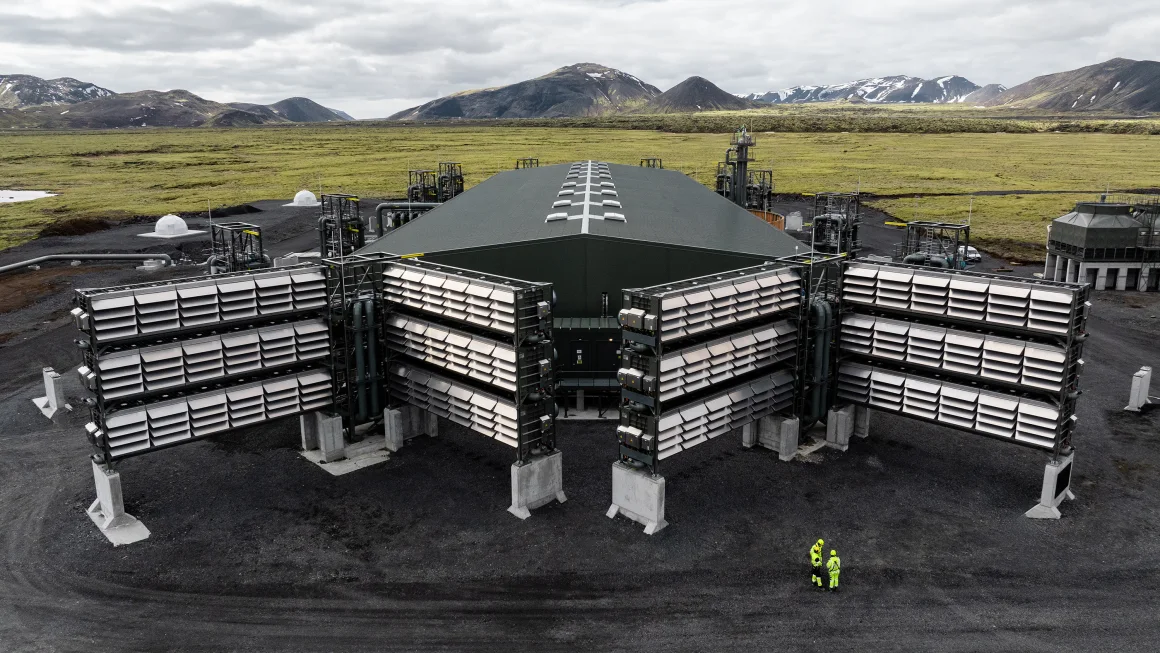ChatGpt News
Pioneering the Largest Carbon Capture Plant in Iceland
Despite facing challenges related to costs, energy requirements, and public perception, the company’s ambitious plans for global expansion and cost reduction show a clear path forward in the effort to meet international climate targets. As Climeworks continues to expand and refine its technology, the potential for meaningful impact on global carbon levels grows, offering hope for a more sustainable future.
- Introduction to Mammoth
- Introduction of “Mammoth,” the world’s largest direct air capture (DAC) plant launched by Swiss company Climeworks in Iceland.
- Describes Mammoth as ten times the size of Climeworks’ previous DAC plant, Orca.
- Technology and Process
- Explanation of DAC technology: Captures atmospheric carbon using chemical processes.
- Details on carbon sequestration: Transported carbon is injected underground to be converted into stone, in partnership with Icelandic company Carbfix.
- Energy and Efficiency
- Utilization of Iceland’s abundant, clean geothermal energy to power the DAC process.
- Goals for future cost reduction: Climeworks aims to reduce the cost from near $1,000 per ton to $100 per ton by 2050.
- Environmental Impact
- Capacity for carbon removal: Mammoth can remove 36,000 tons of carbon annually, equivalent to removing approximately 7,800 gas-powered cars off the road each year.
- Highlight of Climeworks’ intention to scale up to 1 million tons of carbon removal per year by 2030 and 1 billion tons by 2050.
- Criticism and Challenges
- Addresses criticisms: DAC is expensive, energy-intensive, and questioned for its scalability.
- Concerns over distraction from reducing fossil fuel use and potential misuse in processes like enhanced oil recovery by other companies.
- Future Plans and Global Impact
- Discussion of planned DAC plants in strategic locations like Kenya and the United States.
- Climeworks’ broader goal to significantly increase the global capacity for carbon capture to meet climate goals set by the International Energy Agency.


